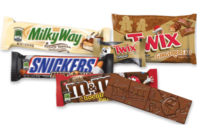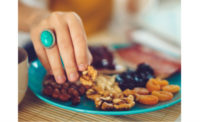Snack bar trends: Consumers continue to grab 'one for the road'
Manufacturers balance taste and health in snack bars, promising better nutrition and fewer calories than before.
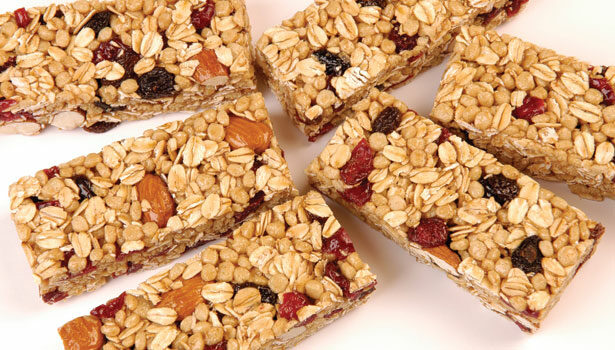
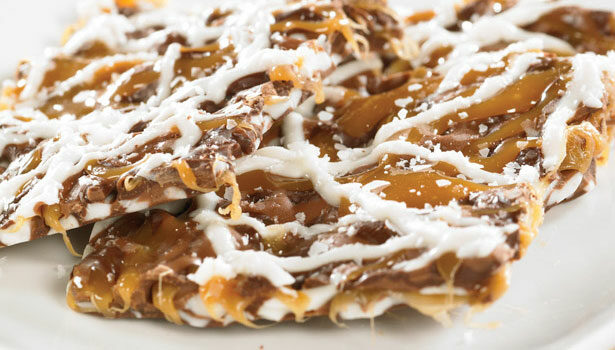

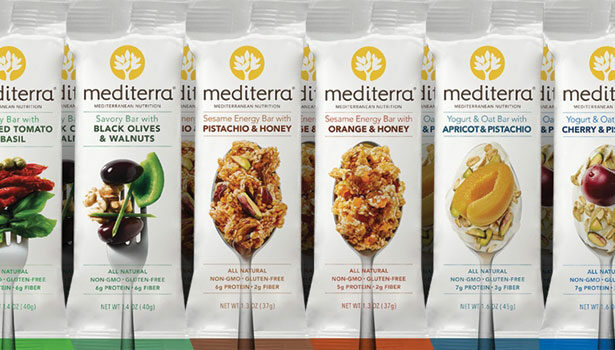
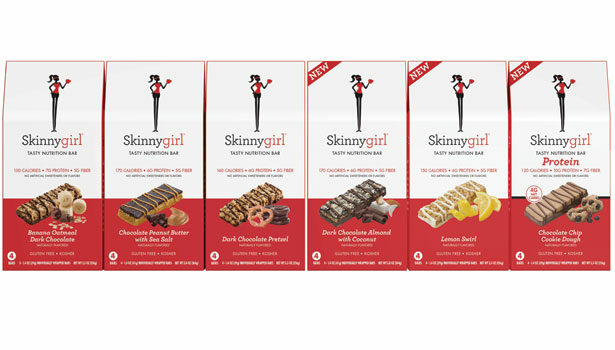
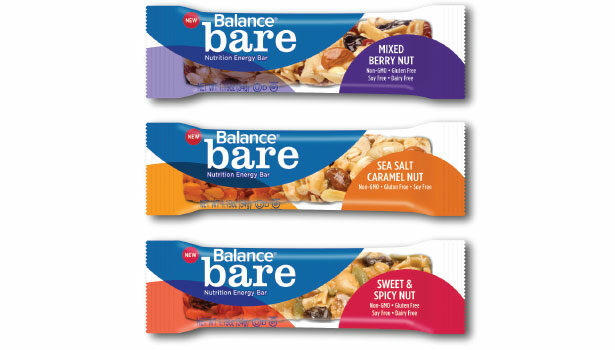






Snacking is the next big fad.
IRI Worldwide’s latest State of the Snack Industry webinar shows that snacks are on the rise, at a whopping 14.8 percent growth in China and 5.1 percent in the U.K.
Meanwhile, 86 percent of the U.S. snacks. The average number of snacks consumed daily has risen from 1.9 to 2.8 from 2010 to 2014, and in the same time period, the percentage of people who eat three or more snacks every day rose from 21 percent to 51 percent.
The “snackification” of consumers’ lives means that now, more than ever, people want to munch on something that’s easy to eat on the go. That, combined with the healthy eating trend, means that snack bars have a chance to shine.
Demand for snack bars is rising alongside the overall demand for snacks.
“In the past, bars were consumed primarily as a portable breakfast or an in-between meal snack,” says Teresa Penn, senior scientist of snack and cereals at Cargill. “This changed as consumers’ lives became busier and they began using bars as more of a meal replacement or a mini meal.”
In response, manufacturers are making bars larger and heartier than before. But that’s not all. More and more, there’s a focus on creating snack bars that both satisfy cravings and provide a healthy boost, all while promising fewer calories than ever before.
“A formulator cannot forget the importance of a positive eating experience for the consumer when creating these types of bars,” says Penn.
This means all sorts of innovative solutions. Adding fiber and protein gives the bar bonus points for health.
“Snack manufacturers are also thinking outside of grain-based bars, with increasing interest in meat snack bar innovation,” adds Penn. “Now, we see many other sources of plant- and animal-based proteins in bars, including pulses, nuts, lamb and bison.”
Meanwhile, new flavor combinations are cropping up in the name of providing a good taste. The low prices and small serving sizes of bars make them a great way to introduce customers to new flavors. Some of the more adventurous savory bars come in flavors like green peppers, seaweed and olives.
Sweet and savory combinations are also becoming more popular. Fruits are paired with spices like ginger, nutmeg or chili to create new flavors.
For the most part, though, manufacturers focus on providing a healthy and convenient snack.
Protein-packed bars are a rising trend, says Erin Lifeso, senior director of marketing, Balance Bars. For consumers who want something that will keep them satisfied, having protein is key.
“At Balance Bar, we believe in a 40-30-30 principle,” says Lifeso, with 40 percent of the bar’s total calories from carbohydrates, 30 percent from protein and 30 percent from dietary fat for sustained, lasting energy. “It’s crucial to have a snack that delivers enough protein to satisfy hunger, but is also portable and easy to grab when rushing out the door.”
With a focus on simple ingredients like whole nuts, seeds and fruit, Balance Bars also caters to the non-GMO market. Its recent Balance Bare line is completely GMO free, as well as gluten free, and there are two vegan options as well.
These bars start to angle toward the more niche market, and there are certainly those as well.
Mediterra bars target anyone who wants a healthy and convenient snack, but as one of the rare snack bars formulated with ingredients from the Mediterranean Diet (a way of eating based on traditional food from countries around the Mediterranean Sea), it also targets the millions of Americans who follow the diet.
“Based on the Mediterranean Diet, Mediterra’s bar ingredients are both healthful and flavorful,” says Telemaque Lavidas, founder. “We paid close attention to that balance so Mediterra bars are loaded with fiber, nutrients and vitamins instead of complex sugars and saturated fats.”
They also have bars for the different snacking options throughout the day.
Savory bars are ideal for lunch or later in the evening, maybe with a glass of wine, say Lavidas, while Yogurt Oat bars are great for the morning or late afternoon, when people crave something slightly sweeter. And the Sesame Energy bars are best before or after a workout when a burst of energy can come in handy.
And all of Mediterra’s ingredients are native to the Mediterranean region. Some of the most innovative ingredients – tomatoes, capers, black olives, chives, sesame seeds, and Greek honey – may seem a little out there for snack bars, but they make fascinating additions.
There’s also Skinnygirl, which targets women of all ages. Every bar is under 170 cal. and provide protein and fiber while holding back on artificial flavors and sweeteners.
“During that mid-afternoon slump, people typically crave less-than-healthy things, and we like to offer tasty dessert-like flavors that let you really enjoy the snack and still feel good afterward,” says Jessica Lau, brand Manager, Skinnygirl Nutritional Concepts.
That’s where their flavors, like dark chocolate pretzel, chocolate peanut butter with sea salt and lemon swirl come in. It’s decadent sweets meet guilt-free nutrition.
Still, with the snacking industry on the rise, there’s plenty of room for innovation. Culinary combinations and techniques that aren’t usually associated with bars could come into play.
“It will be exciting to see how the current culinary trends of smoked, sour, bitter and tangy flavors play out in the snack bar arena,” says Penn. It’s only a matter of time.
Looking for a reprint of this article?
From high-res PDFs to custom plaques, order your copy today!




